7 Ecofriendly Gardening Ideas That Also Cut Chore Time
Something miraculous happened to me one day in my backyard: I suddenly got tired, stopped working, made some lemonade and sat on a chair staring at the garden for over an hour. As I sat there, I went through all the things I thought I had to do — that commercials told me I had to do — to have a lovely landscape that was healthy and easy to maintain. I was tired of carrying bags of soil amendment and fertilizer, watching for the next pest, moving hoses and generally feeling like my escape might as well have been a 9-to-5 cubicle job. Once I stopped "landscaping," I found that both I and the backyard were happier, healthier and wiser.
Here are some gardening tips you can use outside to make your own outdoor life easier and more rewarding.
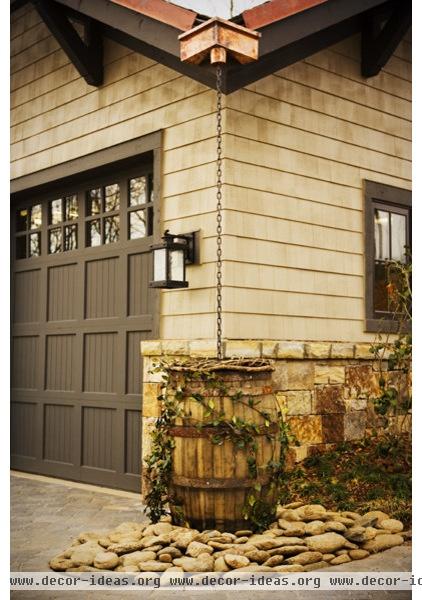
Save Water
1. Add a rain barrel. Setting up a rain barrel can be quite easy, and you'll save money on your water bill — I mean, it's free water. The rain barrel here uses an ornamental rain chain to collect water, but any aluminum downspout can be cut and angled to rest atop a rain barrel.
Make sure the barrel has a screen cover to filter out debris and prevent any wildlife from dropping in. While you're out there, check to make sure none of your garden hoses are leaking — just as with a dripping faucet, you'd be surprised by how much can be wasted in a short time.
Time to install: 20 minutes
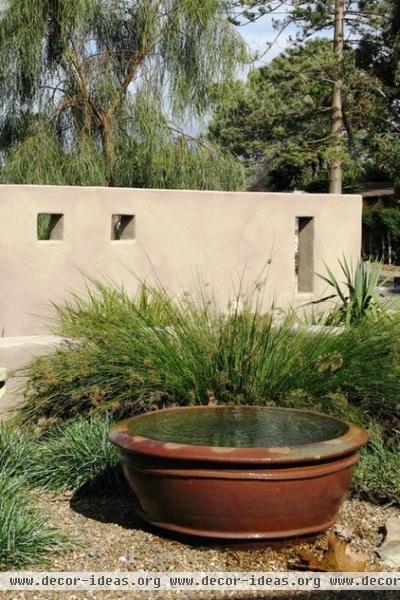
2. Add a water feature. Any water feature will support wildlife, and if you have a fountain or bubbler, the soothing sound will temper road noise. You can simply fill up a birdbath or any basin, or buy a premade fountain and plug it in — or go solar and avoid electricity altogether.
Time to install: 10 to 20 minutes
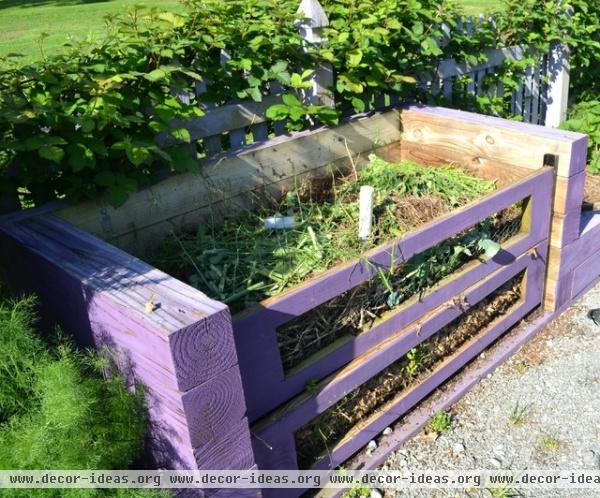
Build the Soil
3. Start a compost pile. Making your own supersoil is easy if you have a compost pile. Of course, you'll have to turn a pile like the one shown here once in a while, but you can also buy compost tumblers that you can crank whenever you walk by. Compost has all the nutrients your plants and soil will likely ever need — even a ¼-inch top-dressing on your lawn each year will work wonders. So stop driving to the store to buy bags of fertilizer. Some municipalities even provide free compost — here in my city it's rich-smelling black gold.
Time to set up: 10 to 40 minutes
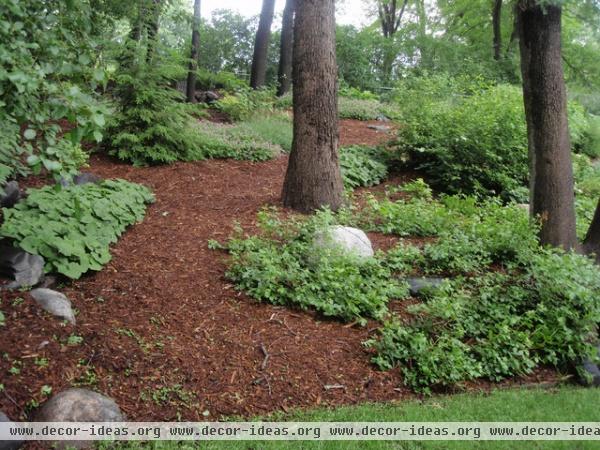
4. Add mulch. Mulch 2 to 3 inches of your garden, whether ornamental or vegetable, to lock in soil moisture and prevent weeds. (Who wants to water more than necessary or pull weeds? Not me!) Again, some cities provide free mulch, but if you buy the bagged stuff, be careful. Stay away from dyed mulches, which can leach bad chemicals into your soil. Don't buy cypress mulch, either; it's often the product of clear-cut young forests that are never replenished.
Time to spread it around: 20 minutes
Time saved: 20 to 30 minutes of watering and weeding
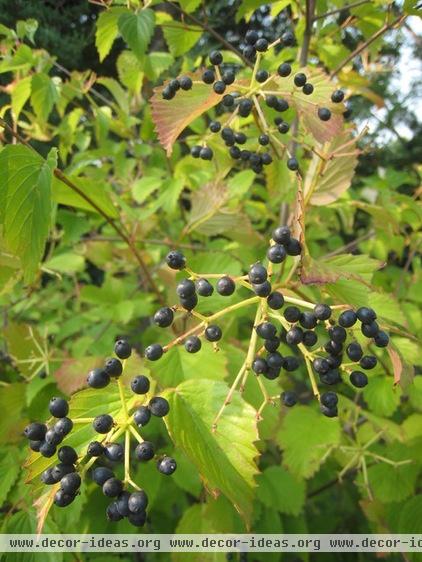
Feed the Birds
5. Plant berry producers. Bringing in winged creatures can give you much satisfaction, because you can see the fruits of your labor paying off — especially if you garden organically. Speaking of fruits, plant berry-producing shrubs like this arrowwood viburnum (Viburnum dentatum, zones 2 to 8) or others, like dogwood, serviceberry, chokecherry and elderberry. These plants are bird magnets, and since songbird populations are on the decline nationally due to pesticide use and habitat loss, even one new shrub can make a world of difference.
Time to plant one shrub: 10 minutes
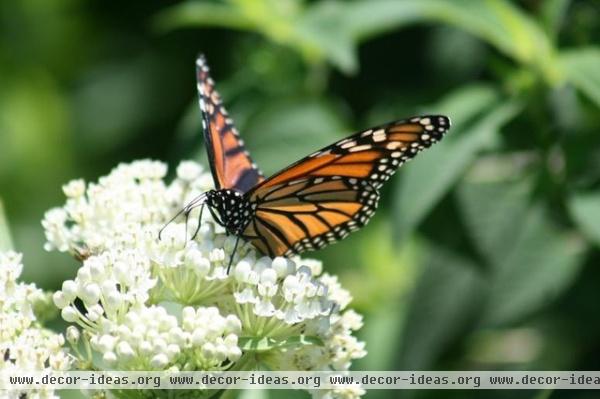
6. Plant insect-drawing perennials. While you're choosing berry-producing plants, don't forget about perennial flowers that draw insects (which are also the number-one food source for birds). Out here in the eastern Plains and Midwest, a variety of adapted native choices work best: liatris, Joe Pye Weed, coneflower, sunflower, mountain mint, aster, coreopsis and milkweed.
Time to plant three perennials: 10 minutes

Rethink the Lawn
7. Mow less and ditch the chemicals. Fire your lawnmower, landscape service or pool service. Loud lawn-care equipment contributes to hearing loss, restricts blood flow (which can lead to hypertension), pollutes the air at many times the rate of driving a car, and leads to millions of spilled gallons of gasoline each year — not to mention the 23 million tons of lawn clippings that go into landfills that could be turned into compost.
Mow twice a month (less in the heat of summer) and let the grass grow a bit longer — if you do, the roots will grow deeper, and the height will shade the ground, increasing soil moisture. Consider lessening your impact by using an electric mower or even a reel mower (the latter has come a long way since the good old days).
Chemical fertilizers and pesticides are toxic to wildlife, pets, kids and adults, and may lead to autoimmune diseases, birth defects and learning disabilities. Avoid them.
Time saved: 1 hour
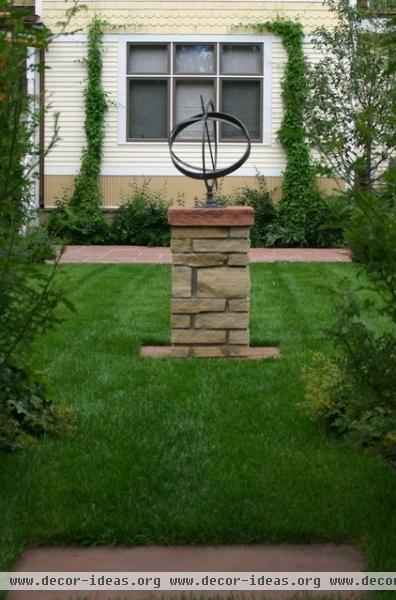
Checking my sundial, and if I did my math right, you might be under an hour's worth of ecofriendly work outside — especially if you keep that mower inside and mulch your beds. I don't know about you, but a lemonade sure sounds good right about now, even though I barely worked up a sweat.
Tell us: What are your ecofriendly gardening tips?
More: Why Native Gardening is So Much Better












